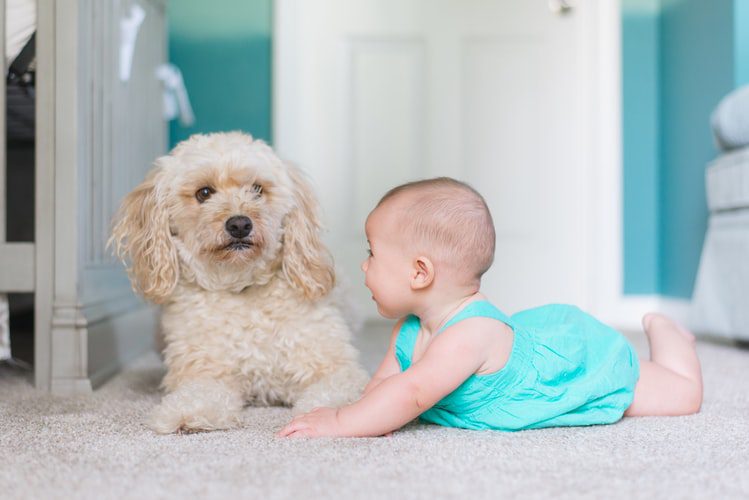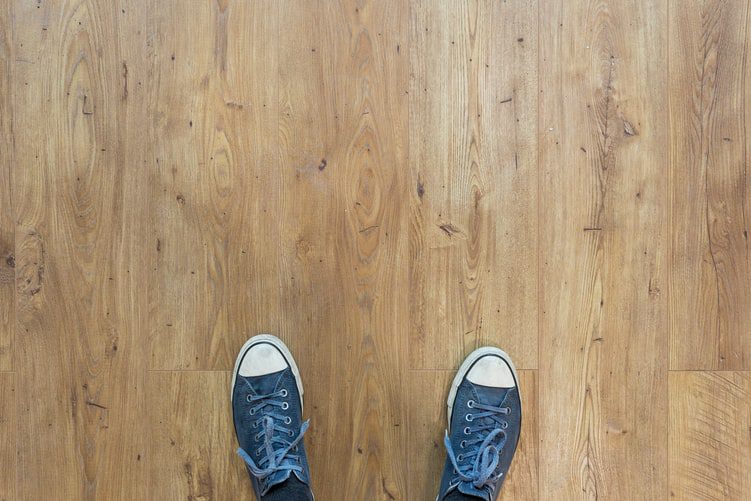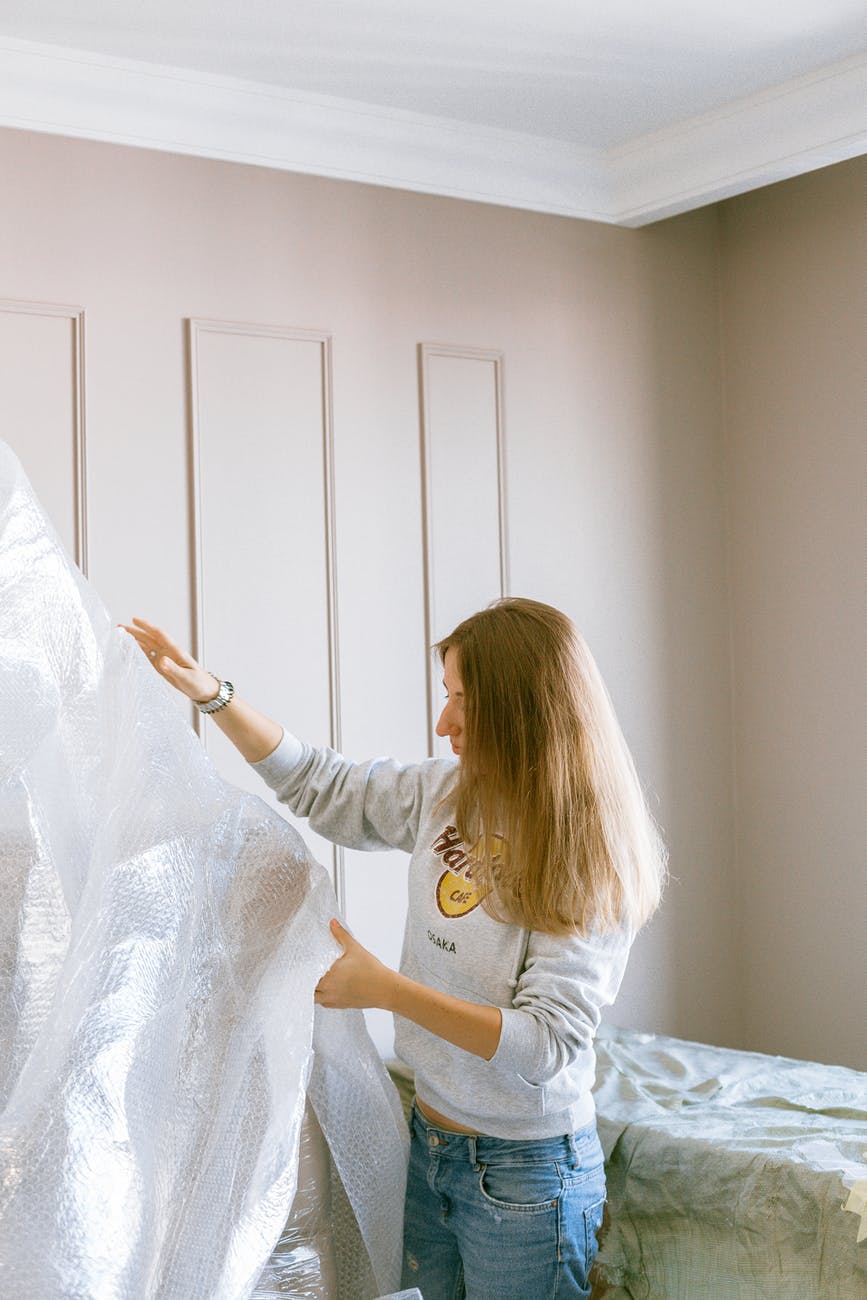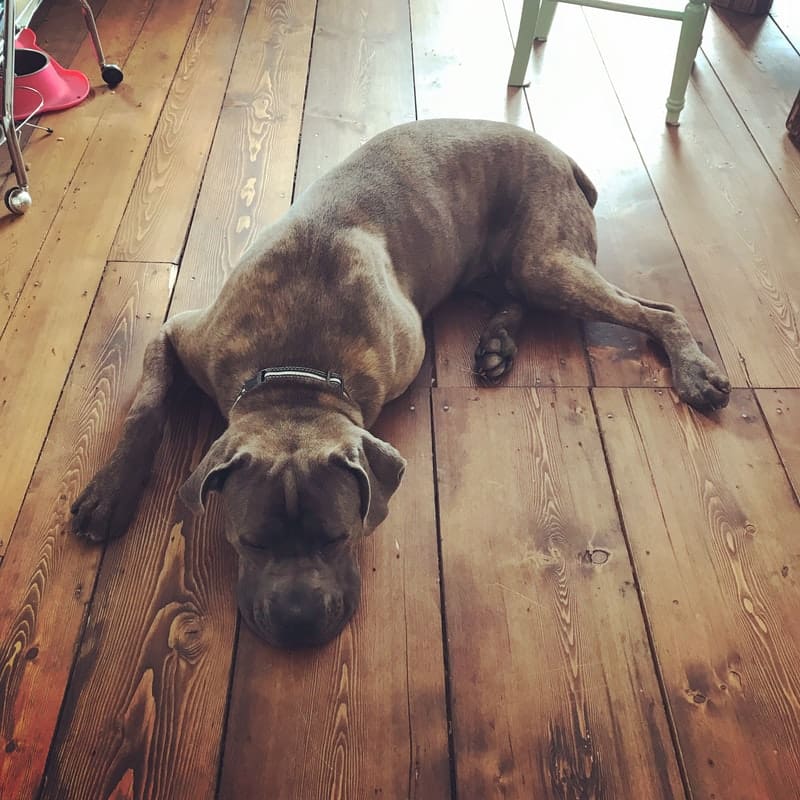How to Remove Odors From Carpet
By MicheleSarsitis@cbflooring.com | October 7th, 2020
CarpetThere’s nothing worse than coming home after a long day to a carpet that smells. Whether it’s from a pet or spilled food, numerous sources can cause lingering odors. Learn more about a few techniques you can use to remove smells from your carpet.
Baking Soda
Baking soda is one of the most widely used remedies for smells that are trapped in a variety of carpet fibers. Use pure baking soda as a spot treatment by sprinkling a generous amount on the area with the worst odors. Rub the baking soda into the carpet and let it sit for a few hours or overnight if the smell is especially strong. Baking soda should absorb the odors and any excess liquids from the carpet. Vacuum the area to remove the baking soda and repeat as necessary.
Essential Oils
Some essential oils act as natural and environmentally friendly antimicrobials that can be used alone or with other cleaning solutions to help with spot treatments. Mix some oil with baking soda and warm water to form a natural cleaning paste. If you’re looking for something that doesn’t smell like a cleaning product, lemon is a great essential oil for covering up strong odors with a natural scent.
Vinegar-Based Solutions
For pet-related odors, consider making a cleaning solution with vinegar. Spraying vinegar mixed with warm water on pet stains should neutralize the odors in just a few hours. If you have a carpet steamer, vacuum the solution up to remove the smells more thoroughly.
If you’ve tried several cleaning methods but the smells won’t go away, it might be time to consider a carpet replacement. At Bode Floors, our showroom has a wide selection of carpets and other flooring options. We’re a locally owned business that has decades of experience serving people in the Baltimore metro area. You can trust our experts to help you find high-quality flooring that will last for years. To schedule an appointment with our team, call 410-381-5900 or contact us online.





